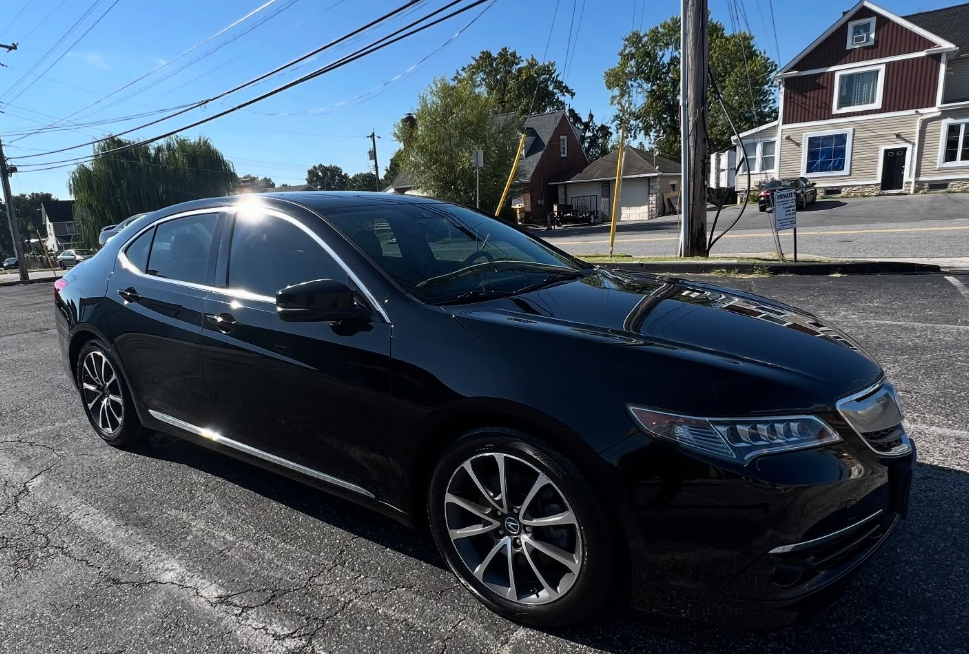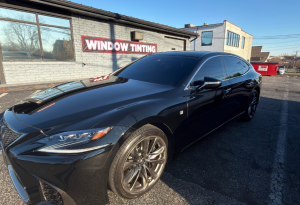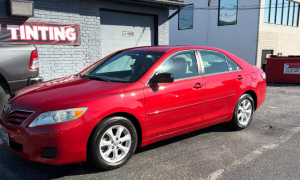You loved summer for its long drives and gleaming finish. You tolerated winter for holiday lights and snow-day excuses. But your car? Your car doesn’t RSVP to seasons — it gets ambushed by them. Rapid temperature changes (hot day, cold night), seasonal swings, and the relentless sun all conspire to beat up paint, trim, and protective coatings. The good news: a little knowledge and a smart care plan (hint: professional detailing + proper protection) will keep your car looking sharp year-round.
Here’s the lowdown — with a wink — on why temperature matters and what to do.
Why temperature swings are secretly plotting against your finish
Think of your car like a painted house with a thin, beautiful skin. That skin expands and contracts as temperatures change. Do that a thousand times and tiny problems start to show up.
- Thermal expansion and contraction. As metal warms it expands; as it cools it contracts. Paint and clearcoat do the same. Repeated cycles create stress at high-wear points (bumper edges, hood seams, door jambs). Over time that stress can lead to micro-cracks, edge lifting of films or coatings, and accelerated fading.
- Rapid day/night swings = faster breakdown. A hot day baking the hood followed by a frosty night is rough on coatings. Some materials tolerate slow change well but hate quick mood swings.
- Sun + heat = oxidation and fading. UV light and infrared heat oxidize pigments and clearcoat, making paint look dull and chalky. The deeper the sun bath, the faster the finish ages.
- Cold + salt = chemical corrosion. In winter, salt and de-icing chemicals cling to chips and cracks, speeding up rust once bare metal is exposed.
- Heat + contaminants = bonded problems. Bug acids, bird droppings, tree sap and brake dust are more aggressive at higher temps and can etch through wax or a neglected clearcoat.
So yes — the weather isn’t just dramatic, it’s destructive.
Why professional detailing and modern protection matter more than ever
You can wipe a windshield with paper towel and call it a day, or you can armor your car properly. Here’s why the expert approach pays off:
- Paint correction + professional prep removes embedded contaminants that would otherwise be sealed under coatings and cause long-term damage. If you coat over grit, you’ve basically laminated the problem in.
- Ceramic coatings bond to clearcoat and add a hard, hydrophobic layer that reduces UV damage, chemical etching, and the frequency of washes. They don’t make your car invincible, but they dramatically slow the degradation process.
- Paint Protection Film (PPF) offers mechanical protection where it matters most: bumpers, hood, mirrors, rocker panels. PPF takes the chips and road grit so your paint doesn’t have to.
- Professional installation ensures coatings and films cure under controlled conditions — important because adhesives and polymers like predictable temps and low dust. A rushed job in bad weather is a short-lived job.
In short: DIY is fine for Sunday shine, but when temperature swings are in play, pro-grade protection and precision application make the difference between “still pretty” and “oh no, why is my bumper peeling?”
Seasonal action plan (what to do, and when)
Late summer / early fall (ideal): Book a full detail with paint correction and a ceramic coating or a front-end PPF package. Temperatures are warm but not scorching — great curing conditions.
Before winter (must-do): Wash thoroughly, clay/decontaminate, and apply either a ceramic top-up or ensure PPF coverage on high-impact areas. Remove salt regularly and rinse the undercarriage.
Winter (maintenance): Rinse salt off every 2–4 weeks (or after heavy storms). Use pH-neutral shampoo. Avoid automatic brush washes that can abrade the film or coating.
Spring (refresh): Do a post-winter inspection. Polish out any early hazing or micro-marring, reinspect PPF edges, and reapply a ceramic maintenance spray if needed.
Yearly: Have a pro perform a coating check (water-beading test) and inspect PPF seams. Address lifting or staining early to preserve warranty coverage.
Quick, actionable tips you can do today
- Park in shade or a garage whenever possible. Shade is free and effective.
- Remove bird droppings and sap promptly — they’re acidic and speed up UV damage.
- Use a microfiber towel and pH-neutral shampoo; avoid abrasive brushes.
- Don’t delay small repairs; a tiny chip becomes a rust problem faster than you think.
- If you have ceramic coating, follow the installer’s cure and maintenance guidelines — skipping them shortens lifespan.
Myth-busting (because someone always says “It’s just wax”)
- Myth: “Wax protects as well as a ceramic coating.”
Reality: Wax is temporary and washes off in weeks. Ceramic coatings chemically bond and last years with proper care. - Myth: “I can coat over dirty paint.”
Reality: Coating over contamination traps problems. Proper prep is mandatory for durability. - Myth: “Coatings or PPF are only for show cars.”
Reality: Any car that sees road use benefits — daily drivers get more protection, not less.
Final thought: seasons change — protection shouldn’t
You don’t have to mourn summer to be smart about fall and winter. Being proactive — scheduling professional detailing, maintaining your ceramic coating, and adding PPF where it matters — turns seasonal stress from a paint drama into a minor subplot. Think of it as giving your car a weatherproof agreement: it’ll keep shining, you’ll keep driving, and the only ice you’ll deal with is on your thermometer, not your finish.
If you want help picking the right plan for your car and climate, bring it by Ideal Image Auto Salon. We’ll run a free inspection, recommend a seasonal schedule, and set you up with coatings and PPF that actually stand up to the thermostat’s tantrums.
Ideal Image Auto Salon
7901 Belair Rd, Nottingham, MD 21236
Phone: (410) 663-8468





